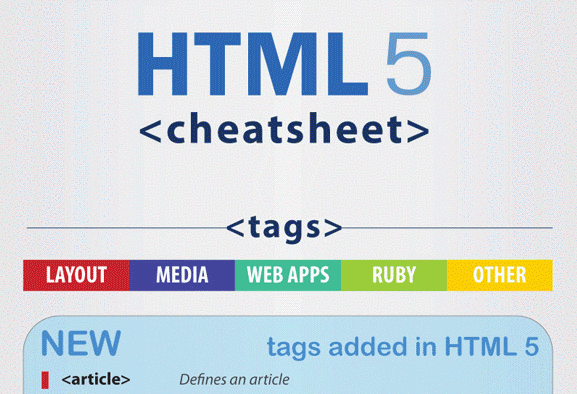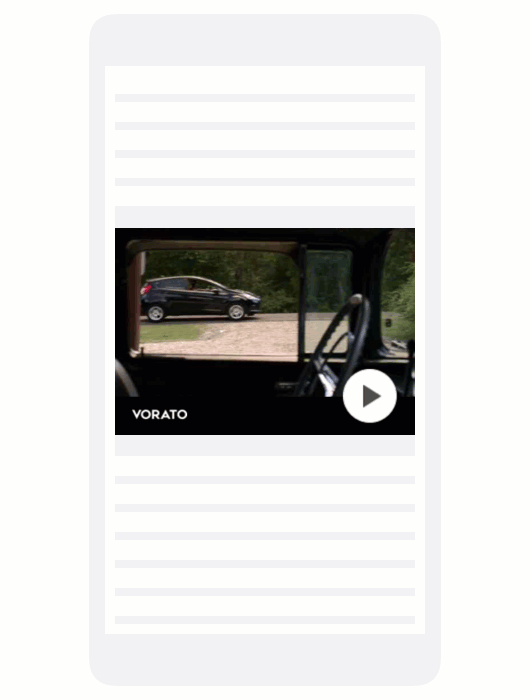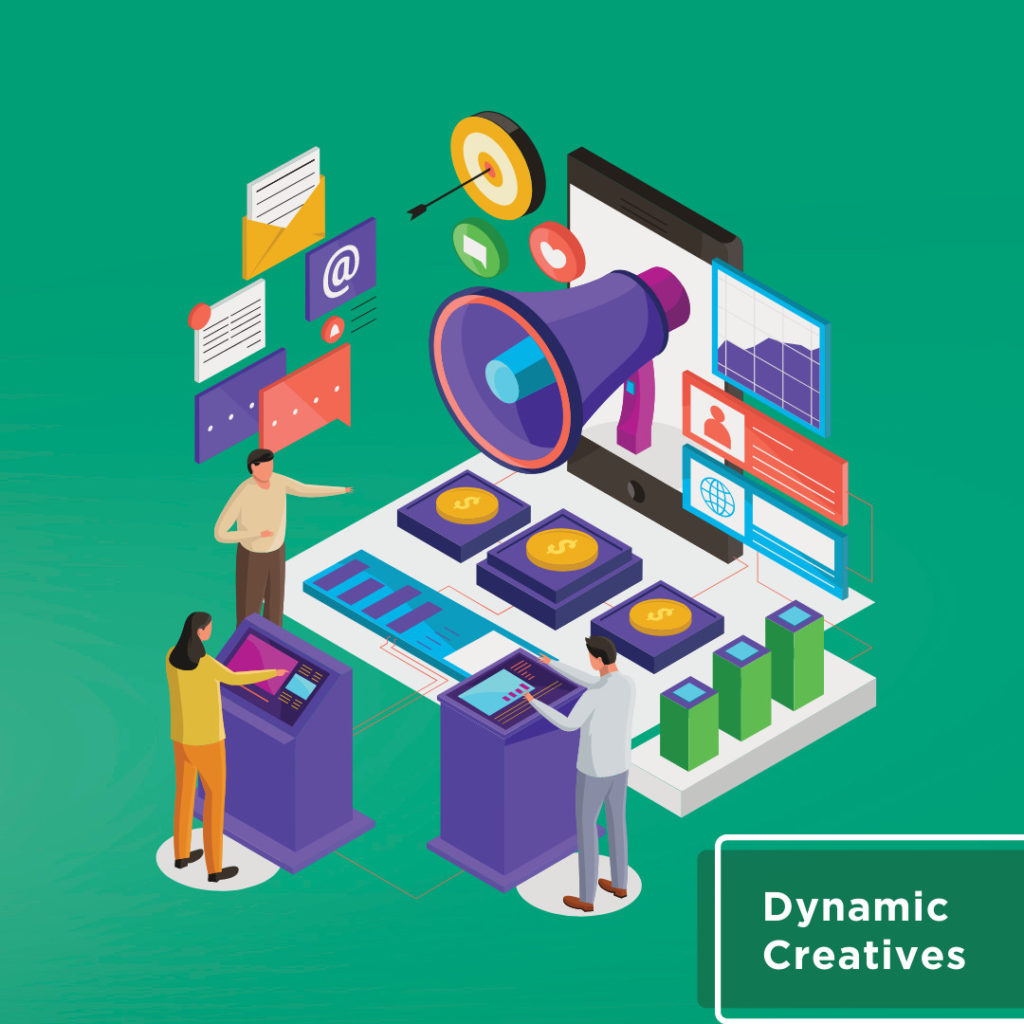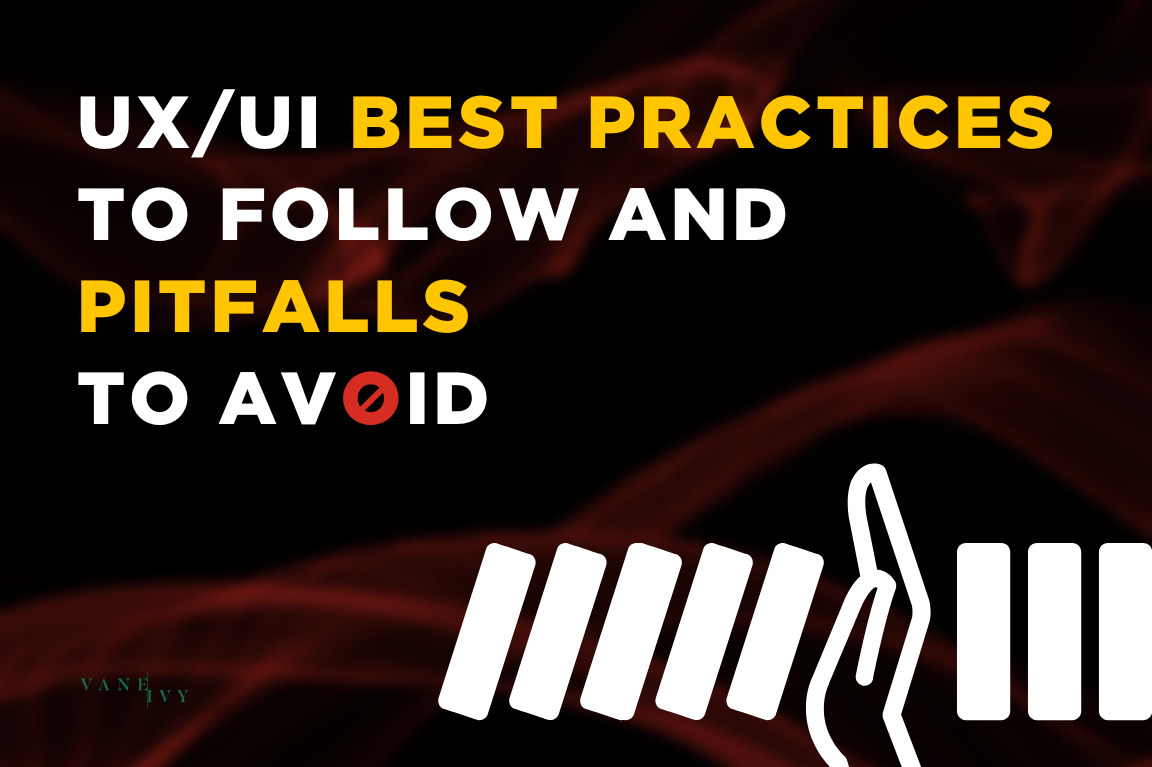Aesthetically-Driven Advertisers Now Have Increased Control And Ease Of Optimisation On Their Promotional Assets.
There are so many ways at captivating an audience, that it’s become very much tied to the team’s creativity in marrying the latest marketing technology with the science of visual communication. At VANE IVY we strive to be the first to take any new tools for a test run before encouraging clients to jump on board.
In this article we review three marketing and creative tools that we could implement in a campaign to enhance the audience’s experience.
1. Opting For HTML5 Over GIFs
What's the difference between these banner formats?Although now becoming a common tool for everyday communication and a strong format contender in the meme movement, GIFS are essentially a small looped collection of frames. On the other hand, HTML5 Banner ads are built on the latest update of the HTML language, bringing developers and designers together to collaborate on animations and responsive pages/ads, etc.
Don’t panic just yet. Google offers a sweet alternative to the eventual discipline-centric squabble between creatives and coders. The solution is called the Google Web Designer.
This free-to-download tool allows for the creation of the banners with a creative hat perspective, focusing on the design and motion elements within the canvas. As you’re building the banner, the code along with the entire format packaging is created for you simultaneously away from sight. Once you are happy with the element positioning and animations, simply extract your HTML5 banner and upload it to your ad platform or website.

Top Performing Banner Sizes
Further to this, optimizing your creatives will increase the likelihood of effectively reaching the KPIs - raking impressions, clicks and ultimately, conversions.
Hover here to reveal.
Research shows that there are four banner sizes that dominate 89% of ad impressions, and they are typically the ones we go for when setting up campaigns.
These are:
(i) Medium Rectangle 300x250 (41%), (ii) Leaderboard 728x90 (24%), (iii) Mobile leaderboard 320x50 (12%), and (iv) Wide Skyscraper 160x600 (12%).As a rule of thumb, banner ads should not exceed 150kb, carry a 30s rotation, and abide by auction rules and guidelines.
2. Ad Canvas
Ideas to grab attention and communicate effectively.The second Google feature we’d like to share with you is the Ad Canvas for Display & Video 360. AdCanvas gives you the power of rapid edits and seamless deployment of different variants to your artwork within the Display and Video 360 ecosystem. Featured mainly on mobile the ads are ‘controlled’ by the user as they scroll up or down the page:

Flipbook
If you have a video in your campaign, you should give this a serious look. The ad will feature a very short (around 1.5 seconds) sequence from your video ad and as your audience is scrolling through the page, depending on the scroll motion, the ad will play forward (scrolling down) or backwards (scrolling up). Clicking on the ad will give users a pop-up to view the full ad unobstructed.

Parallax
This format is static-centric. Various layers are placed on top of each other and are given a determined motion to mimic the scroll. You’ll be given full control of the speed per layer, when they show up in the scroll and the relative ‘screen time’. The movements within the banner will give users a sense of motion parallel with the scrolling, essentially mimicking control of the ad as the users move up or down the page.
3. Dynamic Creatives
Step into the age of Hyper-PersonalisationImagine you’re a global franchise selling coffee. On one side of the globe, it’s a scorching 35°C evening. A bored office clerk checks the news 10mins before leaving the office and sees an iced-coffee hovering at the corner of her screen. She clicks on the ad and immediately receives a happy hour discount. “Coffee after work? My treat,” reads the text to her friend, bearing a screenshot of the ad.
In another continent, it’s 7am and snowing. An office clerk is heading towards the train station. While scrolling through the morning news, your coffee house invites him to a steaming cup of coffee and a free croissant on his way to work. Same ad, personalised message. And this is the beauty of dynamic creatives: they enable your brand to deliver ads that your audience actually wants to see.
In essence, dynamic creative stands out from the noise because they’re relevant. By harnessing the data that’s already available (e.g. browsing behaviour, location, weather forecast, and more), brands can make meaningful connections, all the while increasing visibility, brand loyalty, and conversions.

At VANE IVY, we believe that a flawless user-experience will keep your audience engaged and draw in more conversions. We aim to support you with creative sourcing and managing all your digital elements to get you first to the finish line, everytime!
Do you have any questions on how improve your creative toolbox? Reach out to us and let us know!


